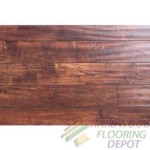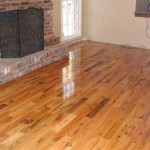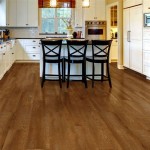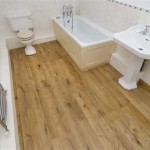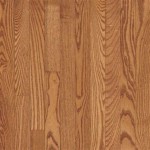Poured Concrete Flooring: Essential Aspects
Poured concrete flooring, also known as liquid concrete, is a versatile and durable flooring option that has become popular in both commercial and residential settings. It is made by pouring a mixture of cement, sand, and aggregates onto a prepared surface and allowing it to cure. The result is a seamless, monolithic surface that offers numerous advantages.
Strength and Durability: Poured concrete floors are incredibly strong and resistant to wear and tear. They can withstand heavy foot traffic, rolling loads, and even impact, making them suitable for high-traffic areas such as warehouses, factories, and garages.
Variety of Finishes: Poured concrete floors offer a wide range of finishes, from smooth and polished to textured and exposed aggregate. This versatility allows designers to create unique and visually appealing spaces that complement any décor.
Durability: Concrete is a highly durable material that is resistant to moisture, stains, and fire. It does not require extensive maintenance or refinishing, making it a cost-effective flooring solution in the long run.
Thermal Mass: Poured concrete floors have excellent thermal mass, which means they absorb and slowly release heat. This helps to regulate indoor temperatures, reducing energy consumption and creating a more comfortable living environment.
Installation Considerations: While poured concrete flooring is generally a durable and long-lasting option, it is important to consider the following factors during installation:
- Subgrade Preparation: The subgrade, which is the base beneath the concrete floor, must be properly prepared and compacted to ensure a stable and even surface.
- Joint Placement: Control joints are placed in the concrete to prevent cracking due to expansion and contraction.
- Curing: Concrete requires proper curing to develop its full strength and durability. This process typically involves keeping the concrete moist for several days.
- Surface Treatment: Depending on the desired finish, the concrete floor may require additional treatments, such as grinding, polishing, or staining.
By considering these factors and engaging a qualified contractor, poured concrete flooring can provide a beautiful, durable, and energy-efficient flooring solution for a variety of applications.

Pros And Cons Of Polished Concrete Floors Craftsman

Should I Have Polished Concrete Floors Mad About The House

Tips On Pouring Concrete For A Flawless Polish Pmac

Concrete Pouring How To Pour A Floor

47 Inspiring Concrete Floor Ideas To Transform Your Home Kitchen Tile Stained Floors

The Pros And Cons Of Concrete Flooring

Concrete Flooring Types Costs And Design Advice Real Homes

Polished Concrete Floors A Buyer S Guide Grand Designs

Polished Concrete Flooring Seamless Terrazzo Floors Poured Micro Overlays High Gloss Shiny

Resin Flooring Concrete And Terrazzo Grand Designs

